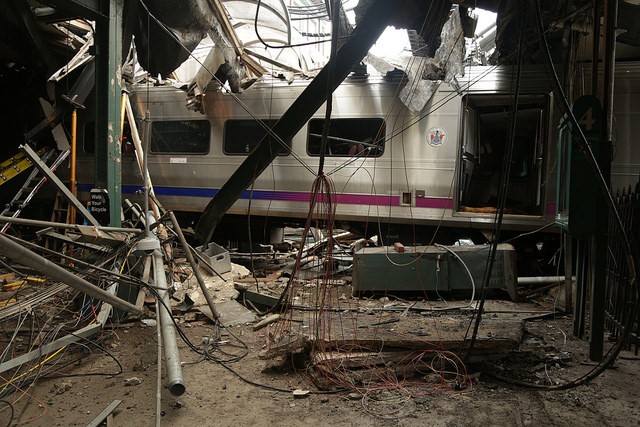Tomorrow, February 13, 2024, Long Island, N.Y., will select the newest member of the United States Congress. With 435 seats in the House, it may not seem that this seat is particularly important to the well-being of SMART-TD members.
But it is.
Rarely in our nation’s history has Congress as a whole been so evenly divided between Republicans (268) and Democrats (260) with three independents who usually caucus with Democrats. It makes for a divided legislative branch with Republicans in charge in the House and Democrats controlling the Senate.
So, when an open seat is decided in an off-cycle special election like the one Long Island has tomorrow, its importance is magnified. Party affiliation doesn’t matter to this union. The only two groups we care about in the Capitol are W’s and A’s. That is to say those that are “with” transportation workers and labor at large, and those who are “against.”
As close as the House of Representatives is in the margin between the R’s and D’s, it is just as much of a dogfight between the W’s and A’s. SMART-TD is asking all of our members in New York’s 3rd Congressional District to go to the polls if they have not already voter early on Tuesday, Feb. 13th to support Tom Suozzi, whose voting record on transportation issues has him squarely on the W side.
During Suozzi’s time in Congress, before George Santos came onto the scene representing Long Island, our union was able to count on two things from him. He consistently consulted SMART-TD and our Alt. Vice President/General Chairperson from the Long Island Rail Road (LIRR), Anthony Simon, on all issues affecting our members.
Adding to Suozzi’s value to SMART-TD members in the House of Representatives is that when he and Congress were faced with transportation issues, especially affecting LIRR, he didn’t wait until his mind was made up on the issue to reach out to us. Some legislators have a relationship with labor unions where they feel obligated to reach out to us to explain their vote before or after it is cast. Suozzi treats GC Simon and our members as valued assets who contribute to him forming his opinion rather than as a voting bloc he needs to pacify or make sure is kept happy.
Suozzi is known to value our input and will continue to if we are able to ensure his opportunity to return to representing Long Island in the House. He is a valued partner in our union’s effort to promote safety in transportation as well as investing in the value we bring to our neighborhoods and the country.
SMART-TD is proud to stand with Suozzi tomorrow and, more importantly, for the duration of his time serving New York’s 3rd Congressional District. Please do your part to ensure this union’s future and get out to vote in tomorrow’s special election. Our brothers and sisters deserve to have Suozzi’s voice fighting for them while critical bills like the Railroad Safety Act of 2023, bills promoting the safety of transit workers, and other pivotal to us are crafted in our nation’s capital!
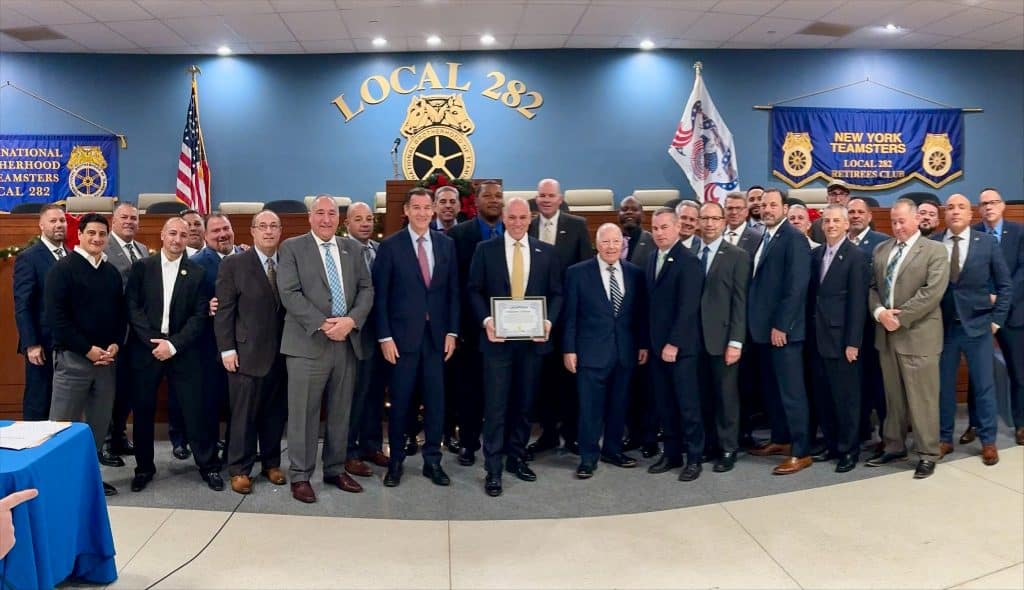
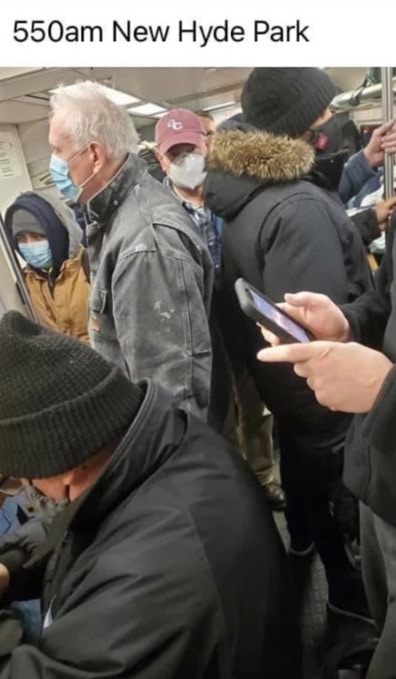
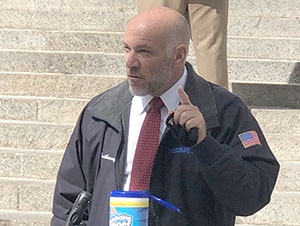
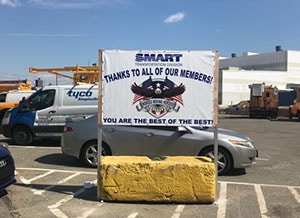
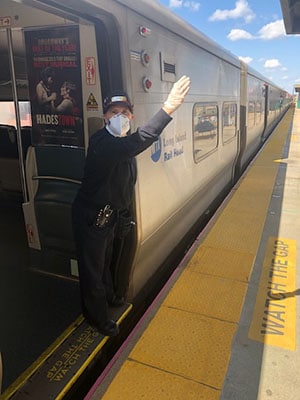
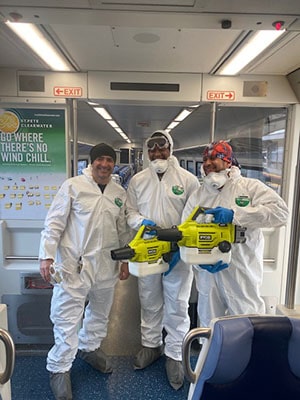
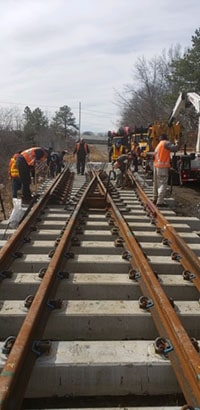
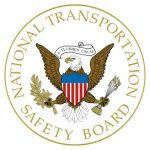 The National Transportation Safety Board (NTSB) determined that two commuter railroad terminal accidents in the New York area were caused by engineer fatigue resulting from undiagnosed severe obstructive sleep apnea.
The National Transportation Safety Board (NTSB) determined that two commuter railroad terminal accidents in the New York area were caused by engineer fatigue resulting from undiagnosed severe obstructive sleep apnea.